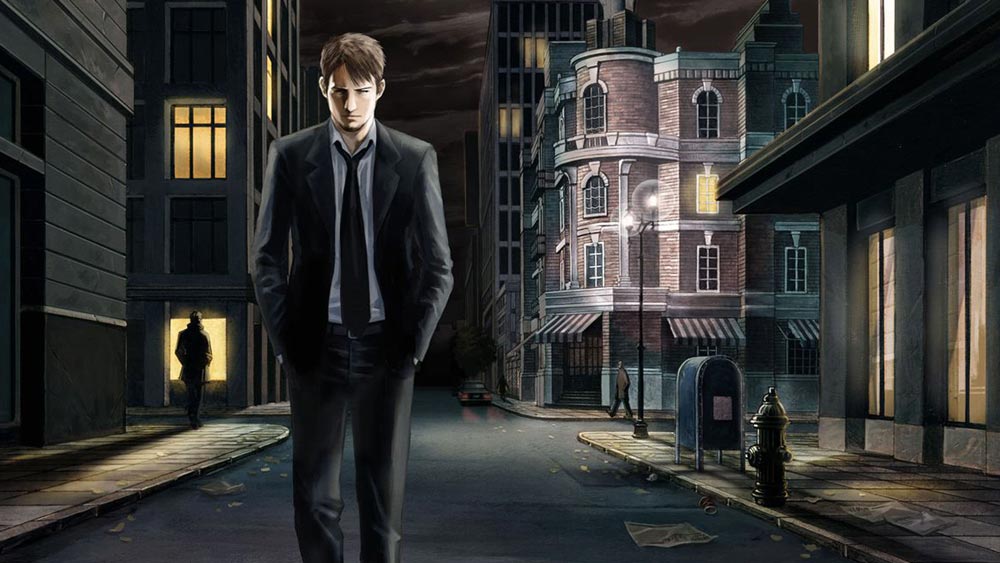
How do you get bookworms into games?
This is one of a few pieces on this site rescued from the digital scrapheap, originally published for a site that’s no longer online. I’ll begrudgingly remove if any shadowy publishing types compel me to relinquish what’s rightfully theirs, despite having unceremoniously binned it themselves, but come on. That’d just be silly.
It’s presented as is, so you’ll have to forgive any outdated references or generally shoddy writing.
–
One of my favorite games of 2017 so far has been Little Red Lie, a mostly text-based narrative game about dishonesty and economic dread. In my interview with its solo writer and developer Will O’Neill, who also created the acclaimed Actual Sunlight, he mentioned that his overarching objective – and one of the key reasons he brought his games to mobile platforms – was to help “expand the gaming audience more into people who enjoy reading.”
A lovely idea, I thought, but one that will never come true. Sure, wordy games have seen a boost because of the rise in independent game development, but it’s unclear how many keen book club members have been inspired to sign up for Steam accounts as a result. The best you can say is that at least a pre-existing crossover is better catered for than ever before – and I, for one, am having a great time.
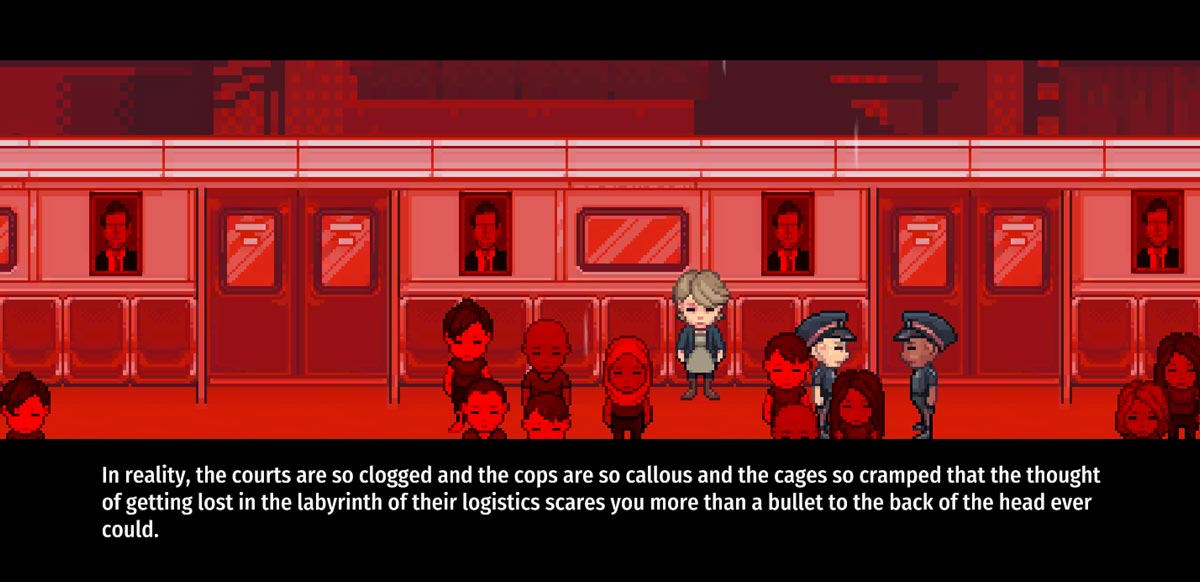
That’s not to say that your average iPhone-owning, paperback-reading commuter would not enjoy Little Red Lie, though; they simply don’t know that it exists. But has there ever been a concerted effort from the games industry to court these people?
In the world of analog gaming, most definitely. Dungeons and Dragons is based strongly around reading and writing, set in a world that takes heavy inspiration from Tolkien. With no precedent for such an experience, it gained particular traction among wargamers and fans of fantasy fiction. The link was more explicit with the later emergence of the interactive ‘gamebook,’ a formula popularized by the best-selling Choose Your Own Adventure series, which was often positioned as a way to encourage otherwise-reluctant kids to embrace reading.
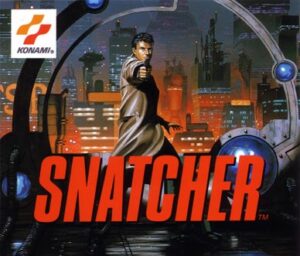
Even in the early days of computer gaming, in the heyday of the text adventure, the appeal to those who enjoyed reading was obvious. But videogames have shifted dramatically since then, and such experiences were pushed to the margins when the medium entered the mainstream.
It’s not difficult to understand why. Just as black-and-white silent comedies no longer populate our cinemas, videogames have long been capable of more impressive and marketable feats than a screen full of text. Japan has had a healthy market for visual novels, narrative adventures characterised by reams of text and mostly static artwork, since the 1990s. But the same can’t be said in English-speaking markets.
In the West, to even come close to reconciling the ever-distancing audiences for literature and videogames demands a unique approach for a very specific audience. So it’s unsurprising that the company that stepped up was Nintendo.
Was the DS and Wii era Nintendo’s best? In terms of systems shifted, there’s little debate. But some have pointed to the sheer size of the audience – and particularly, the age and experience level of said audience – as having negatively affected the output on those systems. ‘Shovelware’ was a pejorative term bandied around a lot at the time, particularly in reference to the Wii’s catalogue of games, but I’d argue that Nintendo’s first-party line-up on the Wii and DS was just as thoughtfully arranged as on any other system. The only difference was that Nintendo had to appeal to an entirely different, much broader audience.
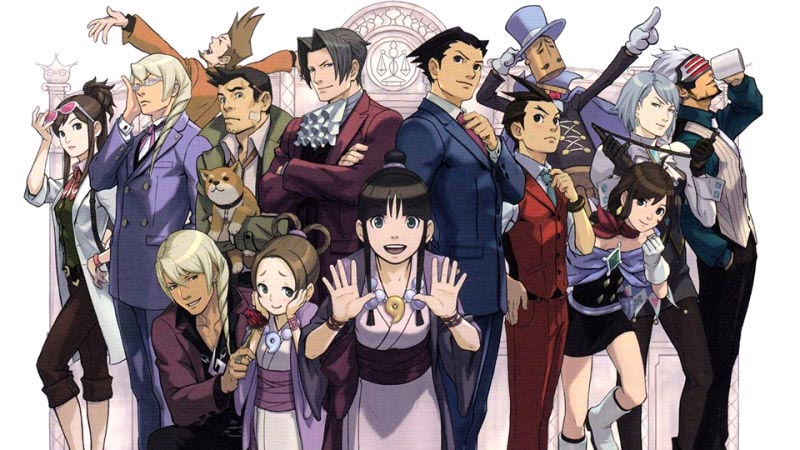
Ace Attorney’s unexpected international success spawned a successful series and several spinoffs, most of which have seen Western release.
Right from the off, Nintendo’s new and diverse audience threw up some interesting results. When Phoenix Wright: Ace Attorney came to the US in 2005, a localised Nintendo DS port of the previously Japan-exclusive Game Boy Advance visual novel, it was hardly expected to be a best-seller. But the Western appetite for courtroom high drama was greater than anticipated, with American retailers unable to keep up with demand as the game suffered stock shortages.
To imagine that Ace Attorney could usher in some kind of visual novel revolution in the West would be nothing short of fanciful, but it was an early sign that these kinds of experiences could find an audience on the DS – and that’s before Nintendo really began to get creative with its marketing, post DS Lite.
Mere days before Ace Attorney‘s October 2005 launch came the US debut for Another Code: Two Memories, the first release from now-defunct adventure game studio Cing as part of its close, almost second-party relationship with Nintendo. The game was only around four hours long, broken up by simple puzzles but heavily narrative-based, starring a 14-year-old girl setting out to find her missing father and sister on a mysterious island. It was a moderate success.
But by the launch of Cing’s next game with Nintendo, Hotel Dusk: Room 215, the DS was officially a phenomenon. Nintendo put its full weight behind the noir adventure, running TV adverts (like the German one above) that focused heavily on its likeness to a mystery novel and that it was designed to be played with the DS held sideways “like a book”. Some versions of the American box art even had “A MYSTERY NOVEL” emblazoned on the cover.
It was a far bigger – not to mention more honest – campaign than one might imagine a major company running for a game in which you spend most of your time tapping through thousands of words of dialogue in a single, understated setting. In fact, considering the game wasn’t a huge hit, it may well be the last of its kind as well. But what Nintendo tried was almost unprecedented: it marketed a videogame around reading.
Nintendo repeated the same message with Another Code: R, the 2009 Wii sequel to Another Code: Two Memories, which featured on its UK cover a badge with the words: “Read & Solve like a Mystery Novel!”
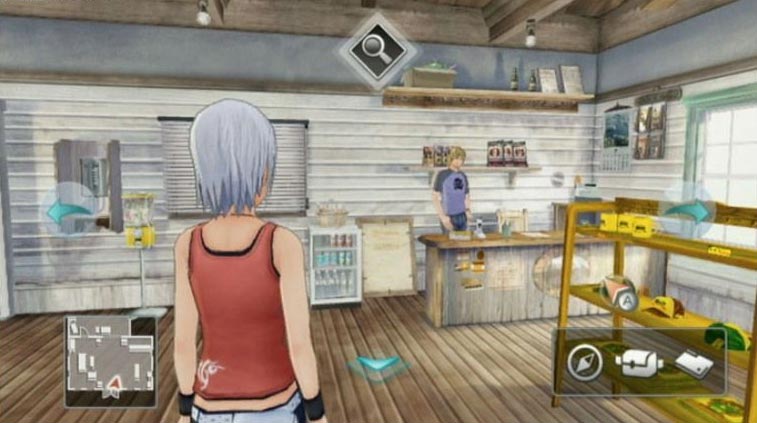
Another Code: R (Wii, 2009)
This is what I think people get so wrong about this period for Nintendo: the huge audience it found itself addressing did not make the firm more risk-averse, but actually more experimental. Especially so when it came to marketing niche titles. Remember when Beyonce starred in adverts for Rhythm Heaven? That actually happened. Nintendo took an obscure, Japan-exclusive rhythm game in Rhythm Tengoku, made a sequel and gave it to Beyonce to advertise.
Time-wise, the DS and Wii found something of a sweet spot too. Pre-mass smartphone adoption, pre-Kindle, Nintendo had the freedom to experiment with what its players wanted. Unfortunately, a conversion of videogames and literature did not seem to be one of them; 100 Classic Books, a no-frills compendium of public-domain novels for the DS, outsold Hotel Dusk: Room 215 and Another Code: R combined.
For now, text-heavy games remain a niche. It’s a space in which indies are doing all kinds of interesting things, while publishers like PQube are busily working away to launch Japanese visual novels like Chaos;Child and Root Letter in the West. Occasionally, something on the more esoteric side will reach a wider audience than expected. In 2014 Zoe Quinn released Depression Quest, a free Twine game which, although now regrettably remembered for the unsavory movement attacking its creator, did a great deal for promoting awareness of text-based games and what they are capable of. One more recent example would be gay dating simulator Dream Daddy, a heavily text-based title in which dads of all stripes date one another, and which unexpectedly topped Steam’s daily sales charts at launch.
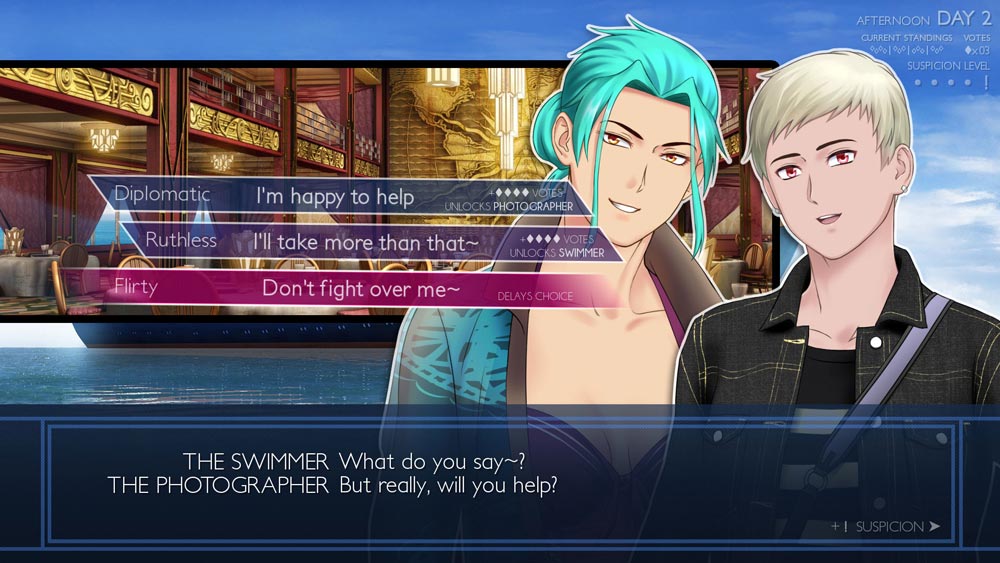
Erotic visual novel Ladykiller in a Bind made waves when it won the Excellence in Narrative Award at the 2017 Independent Games Festival.
So the point is not that these games no longer exist. In fact, they have experienced something of a renaissance for those in the know. The issue is that the smaller studios responsible don’t have the power to reach beyond the traditional videogames audience. But Nintendo circa 2007 had about as mainstream an audience as a games company is ever likely to have, and still couldn’t present a solid case for the audiences for books and videogames to cross over.
That Cing, the poster child of the experiment, went bankrupt in 2010 tells its own story. But to this day, Another Code and Hotel Dusk remain among the best and most welcoming games to recommend to friends who love reading and are curious about videogames. These games are Cing’s legacy, and I will forever be grateful to them and Nintendo for allowing them to exist.
